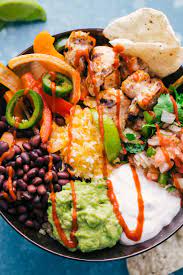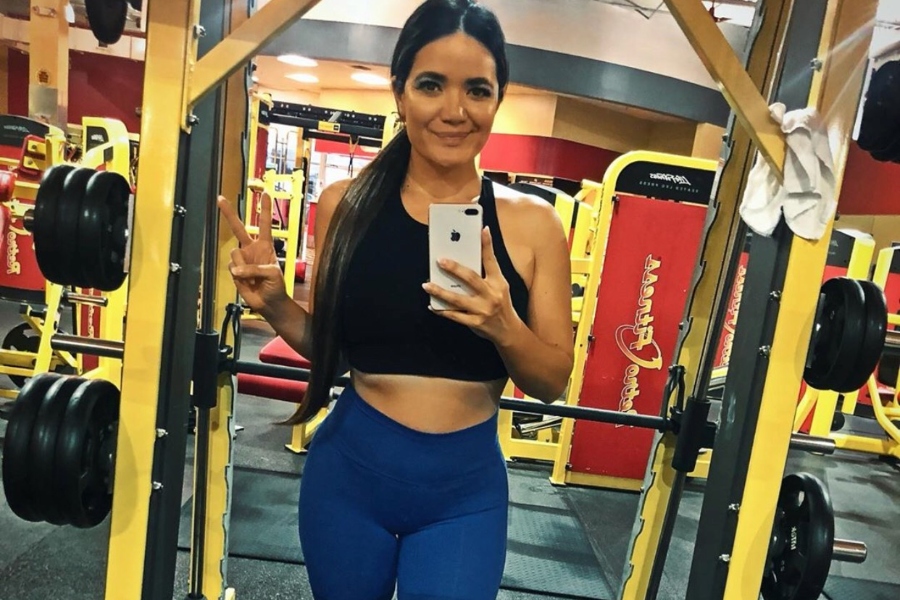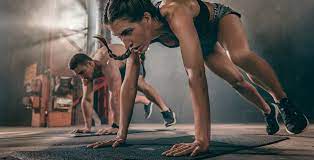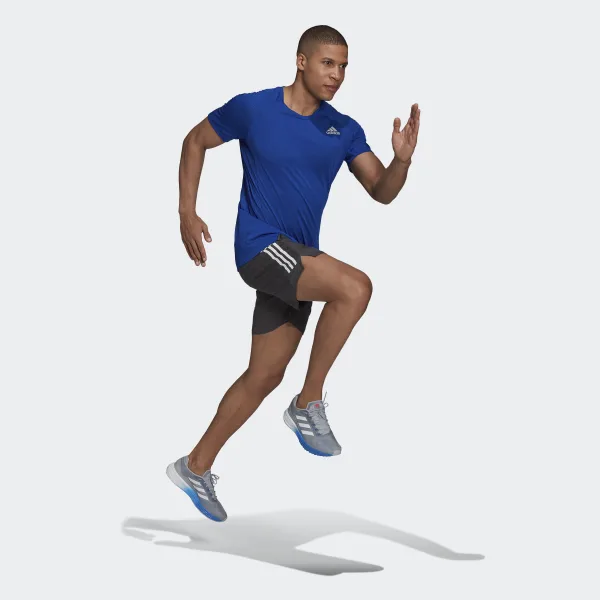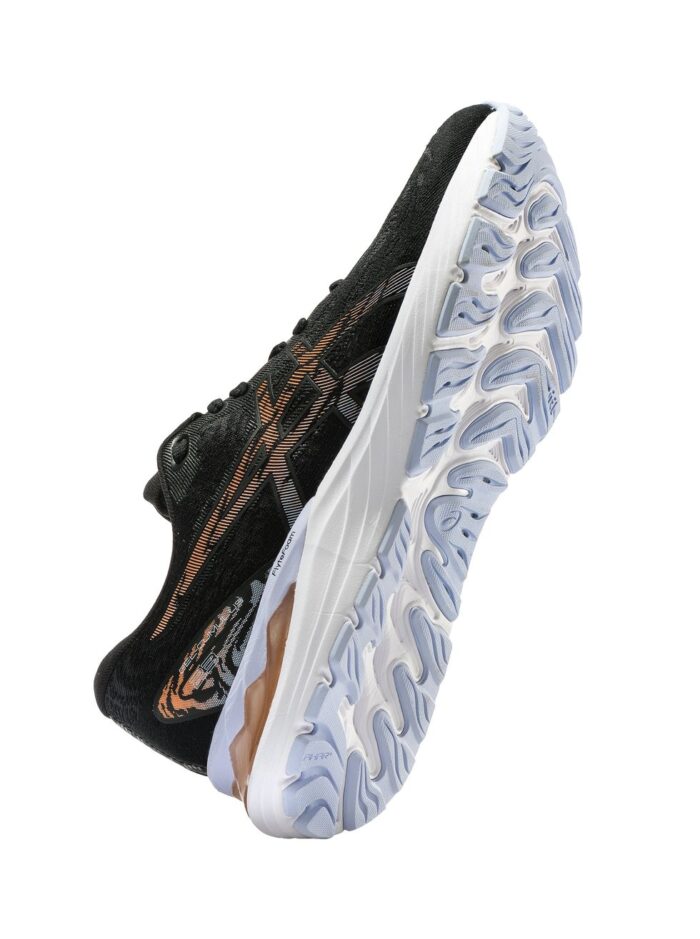
Imposter syndrome is a common internal experience that can occur to anyone even in the fitness world. The good news is that individuals who might experience Imposter Syndrome can work on these tendencies and slowly chip away and overcome these thoughts and feelings.
What is Impostor Syndrome?
Imposter Syndrome is when an individual believes that the good fortune or positive opportunities, they have experienced is a result of luck, and not their hard work or skill.
Often, individuals who experience this do so despite past moments of success or accomplishment. Due to this fact, feelings of Imposter Syndrome commonly conflict with what others around the person might think or believe to be true. Imposter Syndrome can impact thoughts and feelings that emerge in work and even personal situations. A common non-fitness-related example is a situation where someone just got promoted to a new role and feels insecure.
This individual might think thoughts like, “Am I the right person for the job?”, “Did I get here only by luck?”, and “What if I am not cut out for this?” As this example shows, these thoughts are fueled by feelings of insecurity and doubt.
A more fitness example, for wellness coaches out there, might include a situation where a person used to be extremely overweight and sedentary but is now more active and has lost that weight.
Despite that this person regularly exercises and accomplishes their personal fitness goals, he or she might still feel that they are out of place or believe that they do not quite belong in the fitness community. This individual might think or feel this despite others around them seeing clear evidence that they do belong to this community.
8 Steps To OVercome Impostor Syndrome
There are eight recommended steps to get over Imposter Syndrome:
#1 Increase Self-awareness & Reflect
Become self-aware of your thoughts and feelings, and perhaps which type you identify from the list above. Being aware of tendencies or a type can take some time, so it might be helpful to keep track in a journal or make a list of what you notice and spend some time reflecting.
#2 Identify When it Occurs
As you utilize the self-awareness and reflection identified in step one, notice which situations and events the Imposter Syndrome comes up in more frequently. Continue to build on that journal or list to help keep track of trends and situations that evoke more of a response.
#3 Utilize Cognitive Reframing
As you become more and more familiar with what thoughts you might be having related to Imposter Syndrome; it will be helpful to challenge your self-talk with cognitive reframing. When you notice, you might say to yourself something that is not true, reframe the thought into a more adaptive and true statement, and repeat this to yourself. Continue to repeat this true statement and affirmation as many times as is helpful to continue to strengthen this new mindset.
#4 Make a list of your “evidence”
It is important to realize that Imposter Syndrome often appears despite evidence of success and accomplishment. Due to this, it can be helpful to make a list of all successes and accomplishments that relate to what you feel insecure about. Pull up and reference this list when you start to feel that the Imposter Syndrome feelings and thoughts are taking over. This will help remind you of what is true in moments you need it most.
#5 Practice, Practice, Practice
Practice makes progress, so the next tip is to continue to utilize steps one through four in an ongoing fashion. These four tools can continue to be revisited and restarted anytime you need them. The more you do any of these items, the better you will get at noticing them, identifying trends, utilizing cognitive reframing, and reminding yourself of your successes.
#6 Trust the Process
It is important to trust the process. Change takes time, especially while modifying core beliefs. Changing the cognitions and feelings that relate to these core beliefs takes ongoing motivation and consistency. It is important to know that there will be days that feel easy, and days that might feel harder. Trust that over time practicing these skills will continue to help this resolve.
#7 Demystify the Myth of Perfectionism
An important myth to demystify when it comes to Imposter Syndrome is the idea of perfectionism. It is essential to remember that perfectionism does not exist. Working towards accepting and believing this can make significant progress on reducing Imposter Syndrome.
#8 Don’t be afraid to utilize additional support
If you find that Imposter Syndrome is having a significant impact on your life, it is always best to talk to your Primary Care Physician and/ or work with a therapist who can help provide a standard of care that might be needed. Don’t be afraid to utilize additional support you may need in this process.
As these tips show, getting over Imposter Syndrome takes time and diligence. The good news is that these tools when used regularly can help make a positive difference.
Types of Impostor Syndrome
There are various types of Imposter Syndrome: the soloist, the superhero, the natural genius, the perfectionist, and the expert.
Soloist
The soloist type will often be reluctant to ask their social support for assistance out of the belief that they should know the detail or fact already. They might believe that only imposters, or frauds, would ask for help and it can be perceived as a flaw.
In the fitness environment, it might be a fitness center member who does not ask the personal trainer available onsite even if they have a question. It could also be a newly hired personal trainer who does not feel comfortable asking a veteran personal trainer a question since they “should know this already.”
The Superhero
The superhero type will often be associated with individuals who are high achievers and expect that he or they should work harder than everyone else.
This is often fueled by the desire to not appear weak or incompetent before others, and the fear of failure in the event they do not push themselves hard enough. In the fitness environment, this could be a person that believes they need to work harder than everyone else, and if they don’t, they will appear pathetic.
The Natural Genius Type
The natural genius type will often expect that they should achieve what they set out to achieve the first time they try something. This leads to more frustration if they do not get something as easily on the first try. It can also lead to fear of trying something new due to not wanting to “get it” right away.
In the fitness environment, this could be a fitness center member who just joined the gym and believes that each new exercise they try should come easily. When it does not, they could get easily frustrated. They could then minimize trying new exercises due to not wanting to appear a novice or because the exercise continues to be challenging.
The Perfectionist
The perfectionist type is just like it sounds. Those who identify as this type do not like making mistakes, feel bad if they make mistakes, and believe that they should be correct one hundred percent of the time. They are also hyper-focused on flaws and inconsistencies in their efforts rather than their successes since they fear any imperfection will be viewed negatively by others.
In the fitness environment, this could be a personal training client who gets upset or frustrated at themselves if they do not perform an exercise correctly. If their trainer tells them they did a great job, they might respond with what was not perfect in their attempt, or that they could do better the next time.
The Expert Type
The expert type will often constantly seek out more and more information since they never believe they have enough to be successful, despite conflicting evidence that they do. If they end up not knowing a detail or fact, they might be reluctant to take on a project or task at hand. In the fitness environment, this could be a fitness professional who constantly believes they do not know enough to be great at their job.
